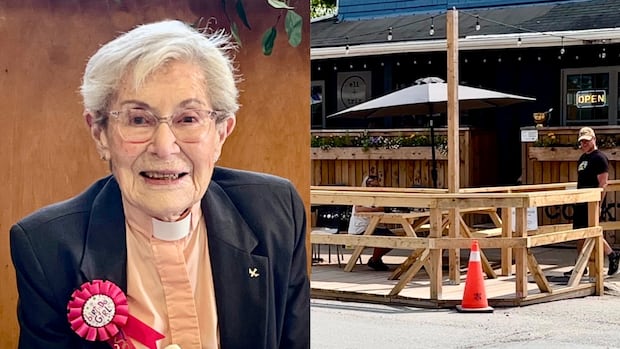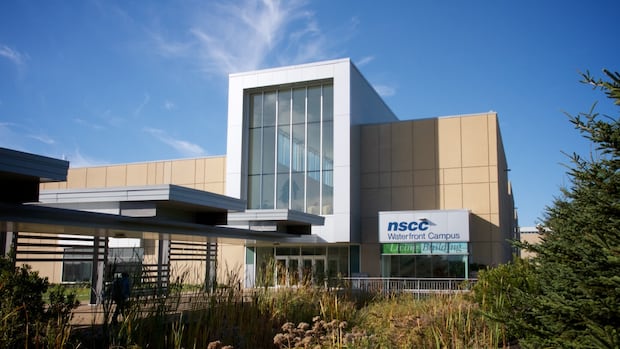Exhibit at Halifax gallery explores the meaning and evolution of Mi’kmaw regalia

The Treaty Space Gallery at the Nova Scotia College for Art and Design’s Port Campus in Halifax is currently hosting a new exhibit that delves into the world of Mi’kmaw regalia. Titled “Amalkewinu’k (The Dancers),” this showcase explores the intersection of tradition and modernity in Indigenous dance practices.
Created by Aaron Prosper, a member of the Mi’kmaw community from Eskasoni First Nation, and Mackenzie Pardy from Wolfville, N.S., the exhibit features a captivating display of contemporary photographs of dancers in ko’jua regalia alongside archival images of traditional dancers. Ko’jua is a traditional Mi’kmaw dance that holds significant cultural importance.
One of the key themes of the exhibit is the evolution of materials and technology used in creating regalia. The juxtaposition of modern photos with archival images serves to highlight the ways in which dancers adapt to changing times while maintaining the cultural integrity of their regalia.
According to Prosper, many ko’jua dancers are actively engaged in researching and studying to ensure that they uphold the cultural significance of their regalia. The pride and care that individuals put into selecting and wearing their beadwork pieces are evident in the photographs captured by Pardy.
Each piece of regalia featured in the exhibit tells a story of relationships and connections. Dancer Michael R. Denny, for example, wears a ribbon shirt from his aunt, leggings from a family member, moccasins from another community member, and cuffs and apron from an artist in a different First Nation. This collaborative effort underscores the interconnectedness of Indigenous communities and the importance of honoring those relationships.
Another dancer, Beverly “Bubblo” Jeddore, shares how her regalia reflects her life story and the teachings she carries. Her choice of regalia, including a peaked cap made by her mother and a dress featuring Mi’kmaw hieroglyphs symbolizing her entrusted hymn teachings, speaks to the deep cultural significance embedded in each garment.
Through their regalia, dancers like Denny and Jeddore embody the resilience and enduring spirit of Mi’kmaw culture. Despite the challenges faced by Indigenous communities throughout history, the authenticity and vibrancy of their traditions continue to thrive.
The exhibit “Amalkewinu’k (The Dancers)” offers a glimpse into the rich tapestry of Mi’kmaw regalia and the stories it holds. It serves as a reminder of the interconnectedness of past, present, and future generations, encapsulated in the vibrant colors and intricate designs of each piece of regalia on display.



